Posted on behalf of Josh Campbell, web writer for CrystEngComm
The phenomenon of jumping crystals was first reported in 1983 when it was discovered that heating crystals of (phenylazophenyl)palladiumhexafluoroacetylacetonate caused not only a polymorphic transition, but also the sample to literally “jump” off the heat source. Since then, mechanically responsive materials research has blossomed due to potential applications in medical devices, actuators and electronic sensors. Most research in the field has focussed on molecular scale movement (typically using rotaxanes or catenanes) or light-activated polymers for macroscopic movement. However, single crystals possess many of the properties needed for practical applications of actuators. The ordered structure of the crystal should allow any induced effect to travel faster which allows faster energy transfer, shorter response times and faster recovery.
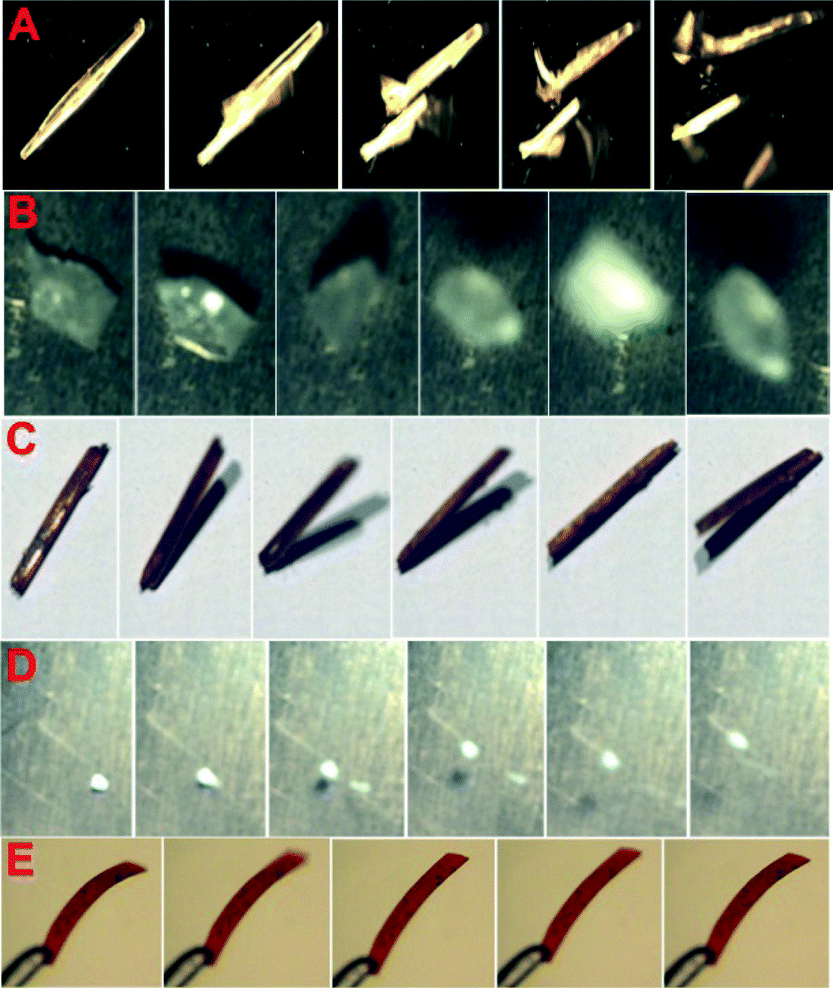 A new highlight article in CrystEngComm recaps some of the recent progress in the field, focusing on the mechanical processes seen in thermo- and photo-responsive crystals. Thermally induced jumping is known as the thermosalient effect and has been reported for many materials. Crystals that exhibit this effect generally fall into three types: crystals which contain hydrogen bonds; crystals without hydrogen bonding groups that form stacked layers; and crystals with no strong intermolecular interactions whatsoever. For the second class, the ability of a layered structure to exhibit hopping depends on the interactions between layers and the thermal motion of the atoms between them. Oxitropium bromide is one such crystalline material, which undergoes a reversible conformational change which has the effect of loading, and then decompressing, a spring. For polar molecules, a compression along the most polar axis can lead to mechanical effects.
A new highlight article in CrystEngComm recaps some of the recent progress in the field, focusing on the mechanical processes seen in thermo- and photo-responsive crystals. Thermally induced jumping is known as the thermosalient effect and has been reported for many materials. Crystals that exhibit this effect generally fall into three types: crystals which contain hydrogen bonds; crystals without hydrogen bonding groups that form stacked layers; and crystals with no strong intermolecular interactions whatsoever. For the second class, the ability of a layered structure to exhibit hopping depends on the interactions between layers and the thermal motion of the atoms between them. Oxitropium bromide is one such crystalline material, which undergoes a reversible conformational change which has the effect of loading, and then decompressing, a spring. For polar molecules, a compression along the most polar axis can lead to mechanical effects.
Photo-responsive crystals rely on the photochromic effect, a reversible transformation that occurs on the absorption of electromagnetic radiation. Crystals can respond mechanically to this absorption with a range of mechanical effects. For example, microcrystals of trans-4-aminoazobenzene bend away from UV light. Bending and curling is often seen with cis–trans isomerism, ring opening and closure and cycloaddition reactions. The photosalient effect has also been reported, whereby mechanical strain develops in the crystal due to a photochemical reaction. An example of this is α-santonin, its crystals turn yellow and burst when exposed to sunlight.
Research into thermal and photo induced mechanical effects is now picking up compared to previous decades after the realisation of their importance in both energy conversion and for developing mechanically responsive materials.
Read the article now for more details:
Thermally induced and photoinduced mechanical effects in molecular single crystals—a revival
N. K. Nath, M. K. Panda, S. C. Sahooa and P. Naumov
CrystEngComm, 2014, DOI: 10.1039/C3CE41313F
 |
Josh Campbell is a PhD student, currently at the University of Southampton, UK studying crystal structure prediction of organic semiconductors. He received his BSc from the University of Bradford. |











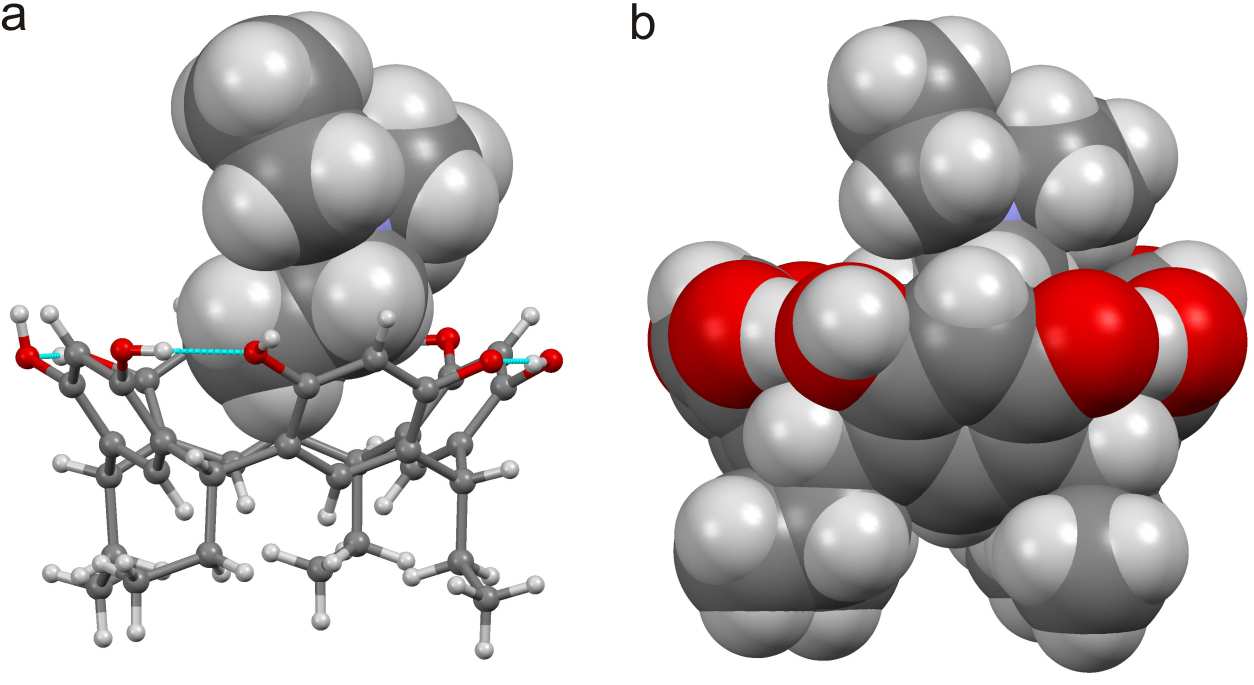

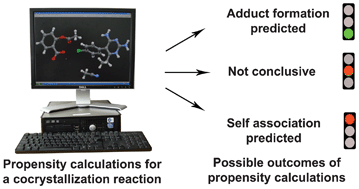
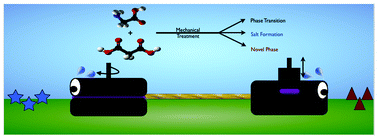

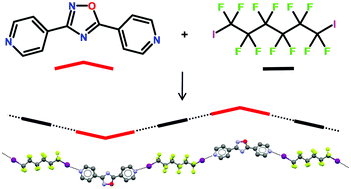 .
. 
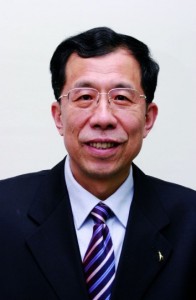
 Crystallography is a core science, underpinning many areas of research, and central to crystal engineering. 2014 marks the centenary of the birth of X-ray crystallography and has been proclaimed the International Year of Crystallography. We are delighted to celebrate this important science in CrystEngComm in a number of ways in 2014.
Crystallography is a core science, underpinning many areas of research, and central to crystal engineering. 2014 marks the centenary of the birth of X-ray crystallography and has been proclaimed the International Year of Crystallography. We are delighted to celebrate this important science in CrystEngComm in a number of ways in 2014.